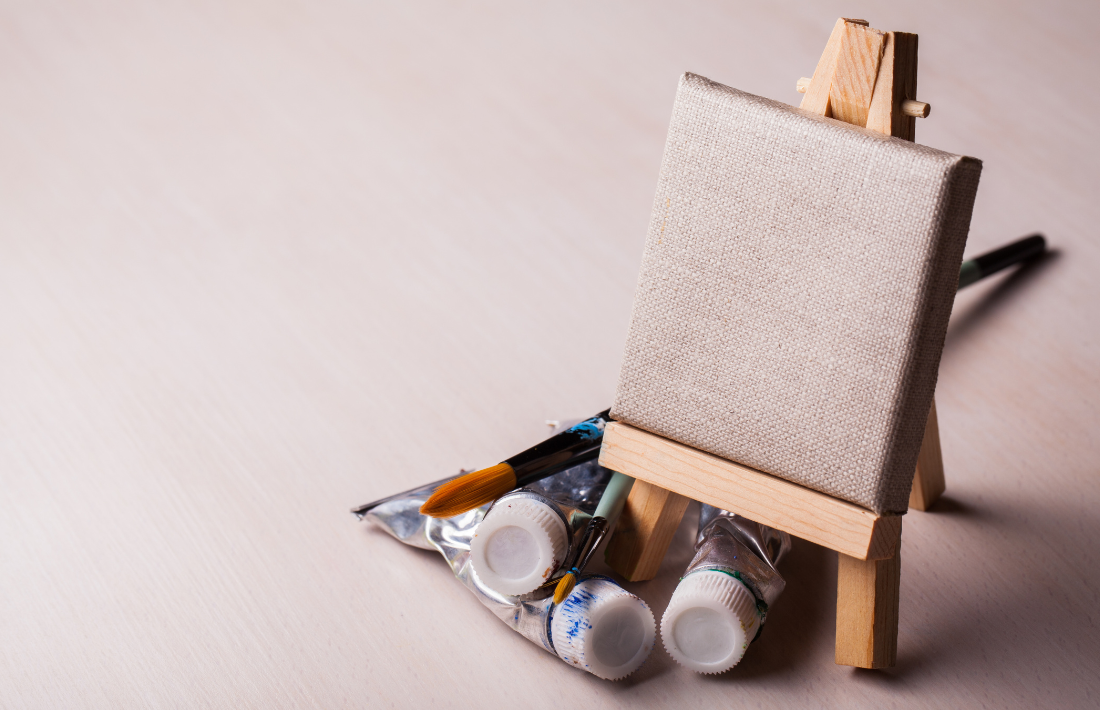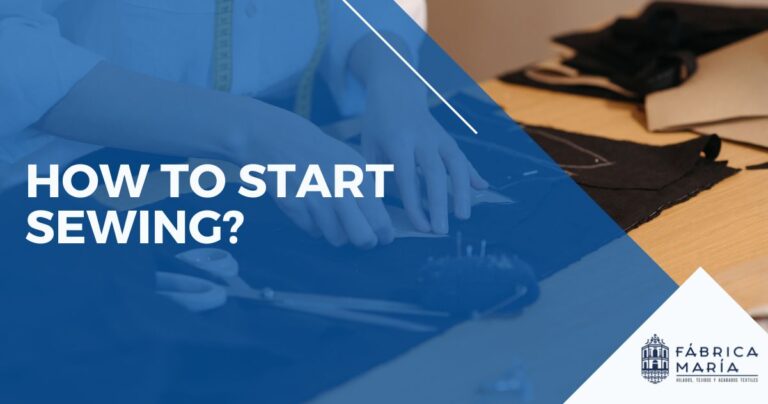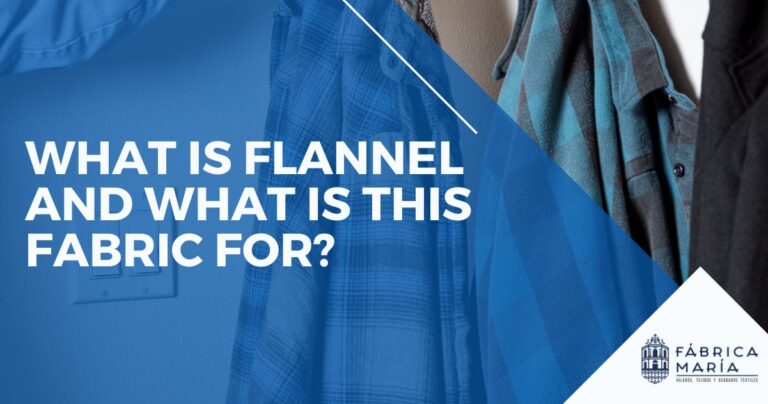What is the Loneta?
Share in:

Content
1.- What is the canvas of Loneta?
The canvas is a smooth and resistant fabric that is commonly desired for its water resistance. Originally popularized as a useful candle cloth material and an excellent paint medium, the canvas has now made its way into such widespread applications as tent material, casual shoes and designer bags. Most canvases currently on the market contain cotton fibers, but traditionally, this fabric was made with hemp or linen.
2.- How is it done?
The process used to make canvas fabric differs according to the intended purpose of the fabric. Canvas for painting goes through additional post-production processes. Although textile manufacturers can make canvas with cotton, linen or hemp, each of these fibers has similar attributes, Therefore, the basic production processes used to make the tarpaulin remain the same regardless of the selected fibre.
2.1.- Production of Yarn
Canvas fabric incorporates unusually thick yarn, and this yarn usually does not need to be very soft. For these reasons, textile manufacturers often use the roughest fibrous parts of cotton, linen and hemp plants to make canvas yarn. This yarn is usually carded rather than combed, as softness is not a relevant factor.
2.2.- Fabric
It is a smooth fabric, which means that it consists of weft threads alternating underneath and over warp threads. Some types of canvas have tissues closer than others, but each type of canvas has a fabric close enough to make the resulting fabric opaque.
2.3.- Finishes
If the woven canvas is used for industrial applications, a layer of PVC is often applied to its outer surface. However, this step is optional and there are all-natural canvas shapes that do not feature PVC or any other synthetic chemicals.
If it is intended for painting, textile manufacturers will bleach the finished canvas and apply a layer of gesso. Canvas used for candles is generally not bleached, and canvas used for tents, clothing and other purposes may be dyed.
3.- Types of Canvas
-
Plain
The smooth canvas has a yarn count between 50 and 100. It consists of coarse and wide fibers with a relatively loose fabric. This type of canvas is more appropriate for industrial purposes, as it has a rough hand and can be abrasive when used against the skin.
-
Duck canvas
Duck tarpaulin is a type of canvas that has thinner threads and a closer tissue. This type of canvas has a smoother hand and is more appropriate for clothing and other types of fabric products that touch the skin. The softer and finer the smooth canvas, the duck shares the water-resistant properties of its original fabric. The duck can have a thread count of 100-150.
-
Cotton
Most canvas fabrics on the market contain cotton fibers. Compared to flax and hemp, cotton is more elastic and fluffy and soft to the touch. At the same time, cotton is less durable than flax or hemp.
-
Linen
Ancient Egyptian sailors used linen to make their canvas, and although this fiber is no longer commonly used to make candles, artists value the linen canvas for its rigid durability. Linen canvas can last longer than cotton canvas.
-
Hemp
Hemp is the most durable material that textile manufacturers can use to make tarps. Like linen, hemp is inflexible and wear-resistant, but like cotton, this material has a soft hand. Regulatory restrictions currently limit the use of hemp for canvas production.
4.- Forms of use of Loneta
The canvas is an incredibly versatile fabric and has many uses, from fashion to navigation and home decoration. Here are some of its most popular features:
-
Sails.
Sails on boats were originally made of canvas, although today, most sails are made of a synthetic sail fabric.
-
Carpas.
The sturdy canvas is ideal for building shelters, and is a popular material for tents and other camping supplies.
-
Bags
Canvas is a popular material for use in bags, from bags to backpacks. The canvas is durable, waterproof, which makes the canvas bags excellent for daily use.
-
Shoes.
The canvas is flexible and durable, making it ideal for footwear. Converse sneakers and Tom’s espadrilles are examples of canvas shoes.
-
Paint
The stretched canvas on a wooden frame is a fantastic painting surface. The canvas became popular for painting in the 15th and 16th centuries.
-
Backdrop
The lightweight canvas is popular with photographers for use as a backdrop because it is lightweight and easy to carry.
-
Coatings
Many industries, including military and construction, use waterproof canvas fabrics as a cover for everything from boats to doors.
-
Clothing
Jackets and outer wear are often made of canvas. The durable and water-resistant qualities also made it ideal for camping and team sailing.
-
Furniture
Canvas fabric is also used to upholster furniture for its strength and durability that lends well for repeated use.
Follow us on Facebook




